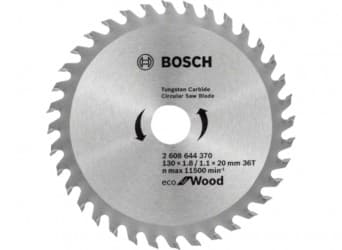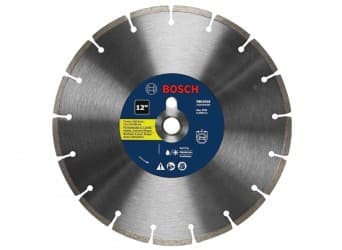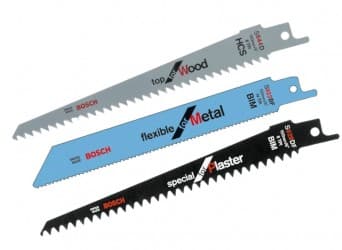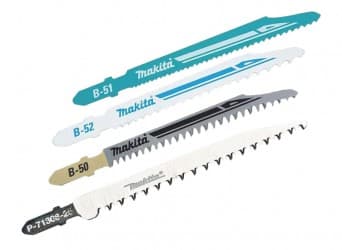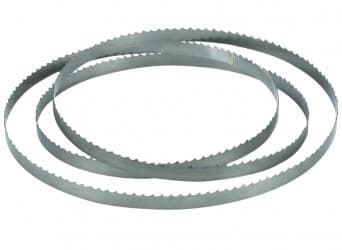Planer & Shear Blades
Planer & Shear Blades are precision-engineered cutting components designed for use in woodworking planers, metal shears, and industrial cutting machines. These blades are responsible for delivering smooth finishes, accurate cuts, and high productivity in machining and fabrication processes. In Pakistan, planer and shear blades are widely used in furniture manufacturing, steel fabrication, and general machining industries where consistent performance is critical.
These blades are manufactured from high-speed steel (HSS), tungsten carbide, or hardened alloy steels, offering superior durability and wear resistance. They are available in different geometries and sizes, depending on the machine and material being processed. Many advanced blades are also coated with titanium or nitrides to extend life and reduce friction during cutting.
The applications of planer and shear blades in Pakistan are extensive. Furniture manufacturers in Chiniot and Lahore rely on planer blades for smooth finishes on wood surfaces. Metal fabricators in Karachi use shear blades for cutting steel sheets and plates. Automotive workshops in Islamabad depend on durable blades for trimming and shaping metal parts. Educational institutions also use planer blades in woodworking and machining training programs.
Performance depends on blade sharpness, material composition, and proper maintenance. Regular sharpening and correct installation are key to extending blade life. In Pakistan’s demanding industries, high-quality blades reduce downtime, improve surface finish, and enhance overall efficiency.
ToolHoo.com provides a wide selection of Planer & Shear Blades, from standard replacements to advanced industrial-grade options. With expert support, competitive prices, and nationwide delivery, ToolHoo.com ensures Pakistan’s workshops and industries achieve consistent, high-quality cutting performance. At ToolHoo.com, it’s always “Tools No Toils – Solve IT!”

